This fall checklist is sure to help you avoid major repairs and health hazards down the road.
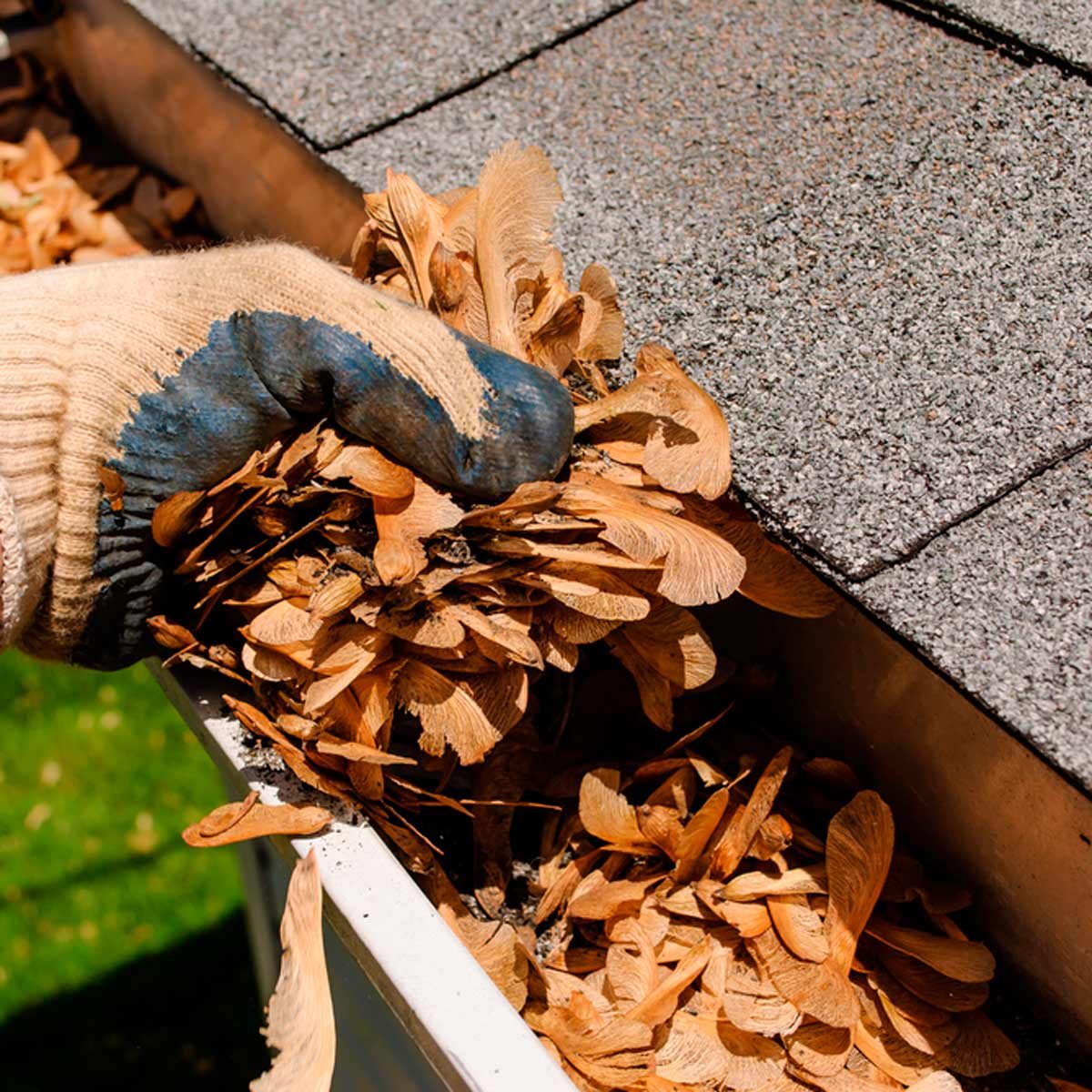
Clean Gutters
Cleaning the gutters is essential in the fall if you want to avoid clogging later on. To clean them, remove leaves and other debris from your gutters and don’t forget to make sure your drainpipes are clog-free.Learn how to install strong, sleek-looking gutters.
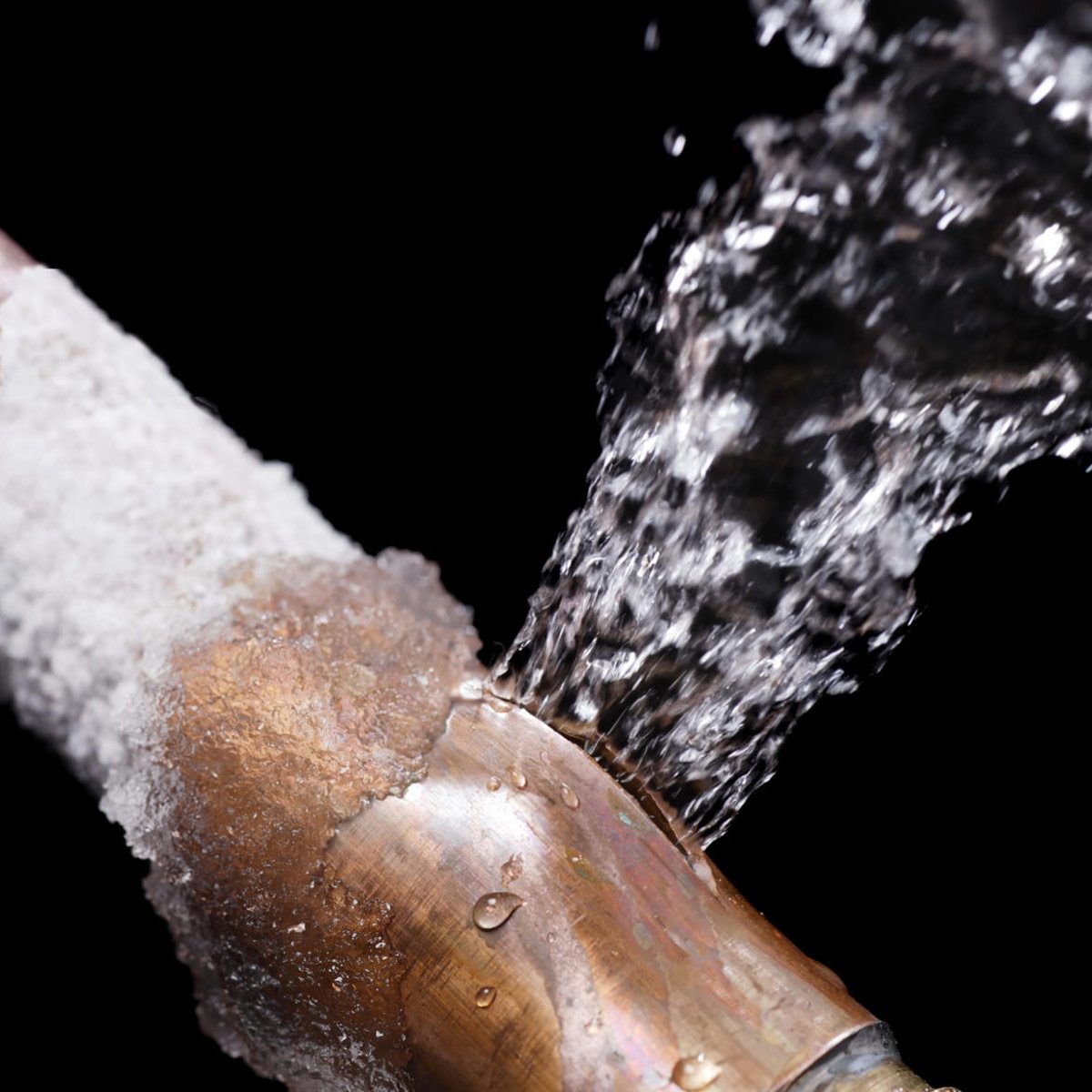
Insulate Exposed Water Pipes
Unless you want your exposed water pipes to freeze and cause a potentially devastating leak in your home, you’ need to insulate them. This is how to insulate pipes so they don’t freeze in winter.
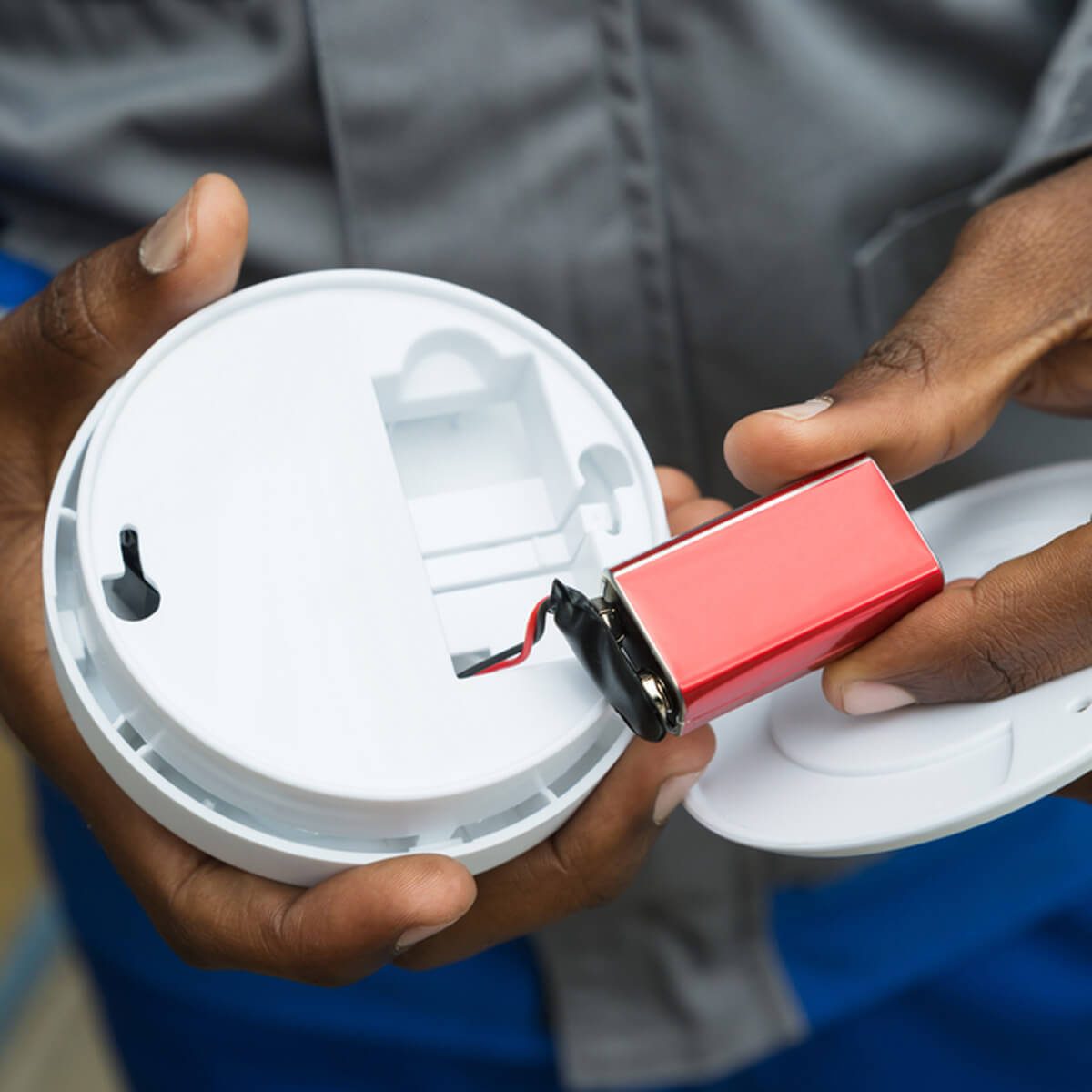
Check Batteries in Smoke and Carbon Monoxide Detectors
Fall is the perfect time to make sure all your smoke and carbon monoxide detectors are working. According to the U.S. Fire Administration, heating is the cause of 27 percent of structure fires during the colder months.Always replace smoke alarms before they fail. It takes only about 10 minutes to replace a hard-wired smoke detector safely.
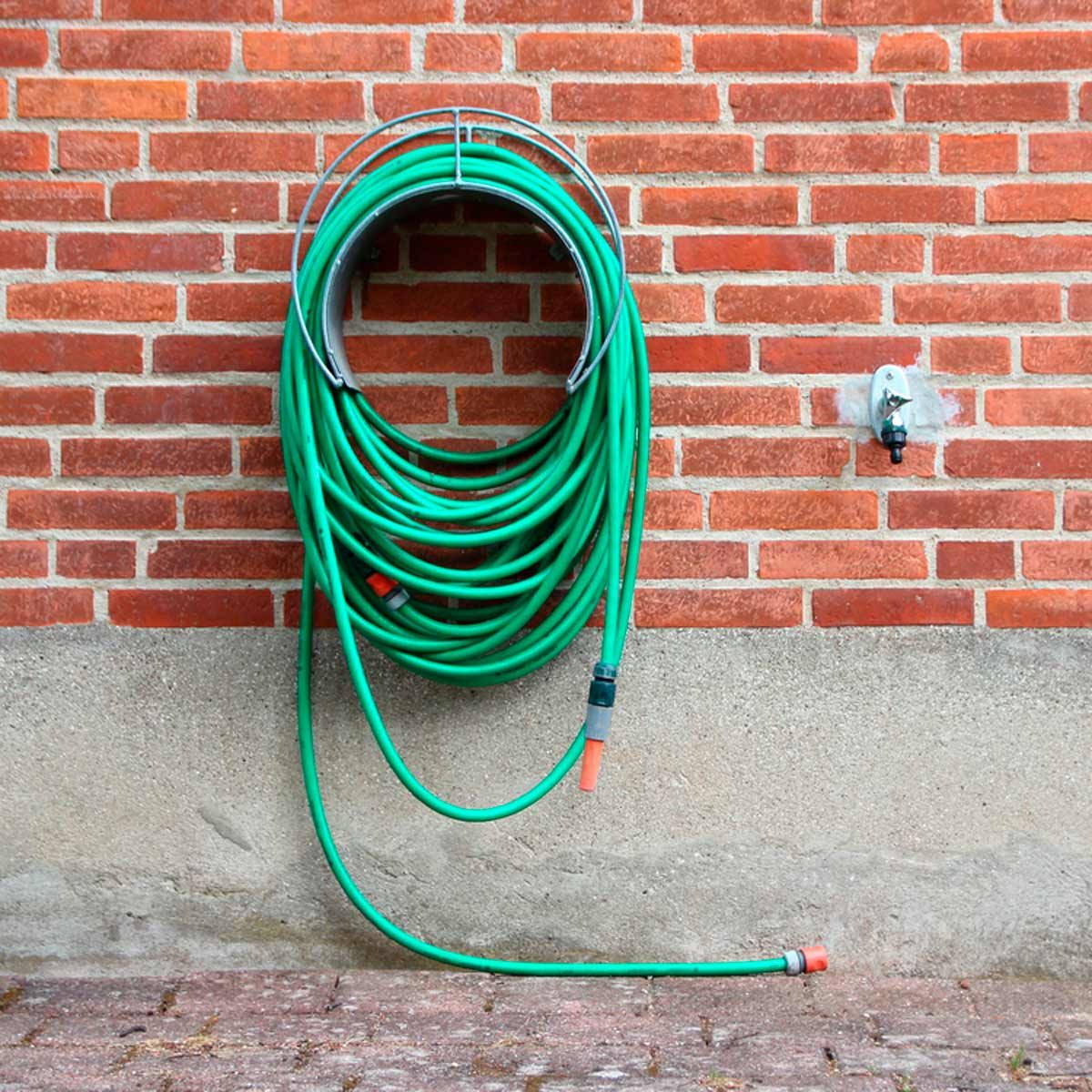
Disconnect Hoses from Outside Faucets
Forgetting to disconnect your garden hose before the colder weather hits is a big no-no. The water that remains within will freeze and cause the lining to crack. If you have a control nozzle on your house and freezing occurs, the ice will put pressure on the pipes connected to your house, resulting in your home’s entire plumbing system freezing up. Furthermore, the added pressure will increase the potential for your pipes to either crack or bust. Yikes!
Here’s how to make your own holder for garden hose storage.
Here’s how to install an frost-proof outdoor faucet.
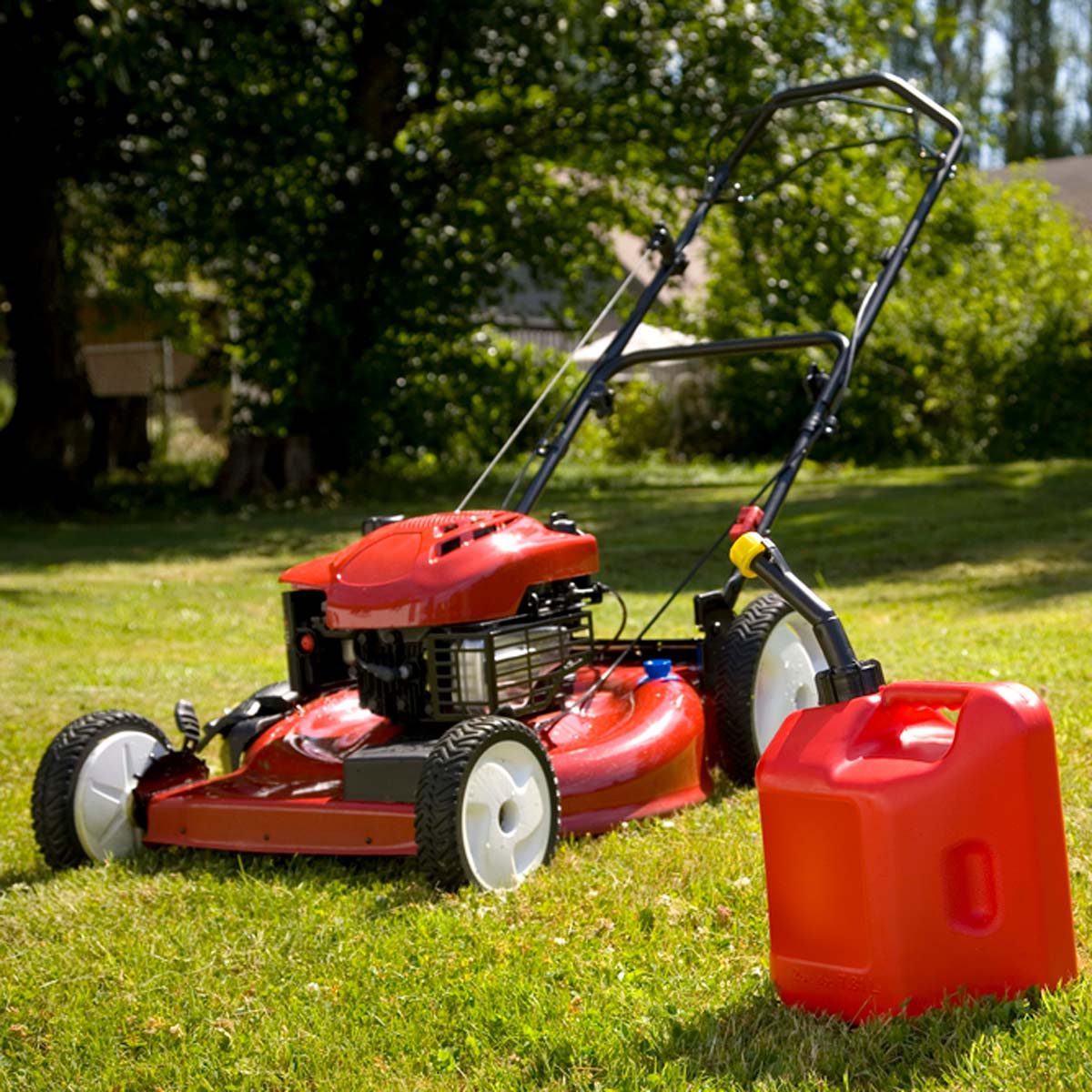
Drain Gas from Lawnmower
Leftover gas in a lawnmower during the winter can get stale, subsequently leading to a gummed up carburetor that invites rust. If you want your lawnmower to work again next spring, first add fuel stabilizer to the tank, then run the mower to distribute it through the system. Finally, turn off the mower, allow the engine to cool and siphon the excess gas into an empty can and dispose of it at a hazardous waste site.Here’s what to do if your lawnmower won’t start.
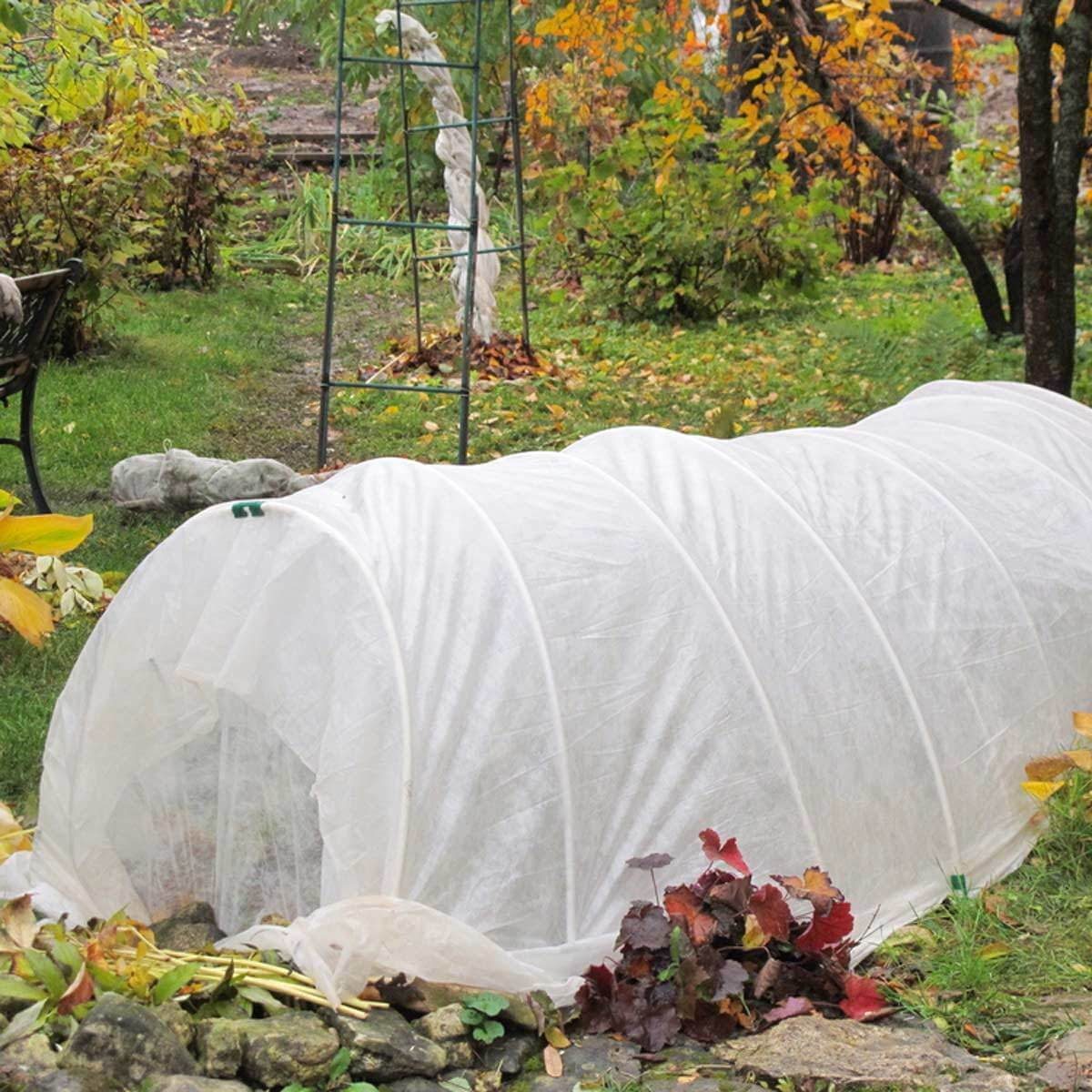
Protect Tender Plants and Trees
If frost is predicted in your area, take steps to protect vulnerable plants. Houseplants and tropicals, spring-blooming shrubs and trees such as azalea, rhododendron, and cherry, citrus trees, tender bulbs such as dahlia and elephant ear, warm-season fruits and vegetables such as tomato, corn and pepper, and warm-season annuals such as impatiens, petunia and geranium should all be protected or they may not survive. Larger plants can be covered with fabric, old bed sheets, burlap, commercial frost cloths and more.You may also be interested in how to build a solid, frost-proof deck footing.
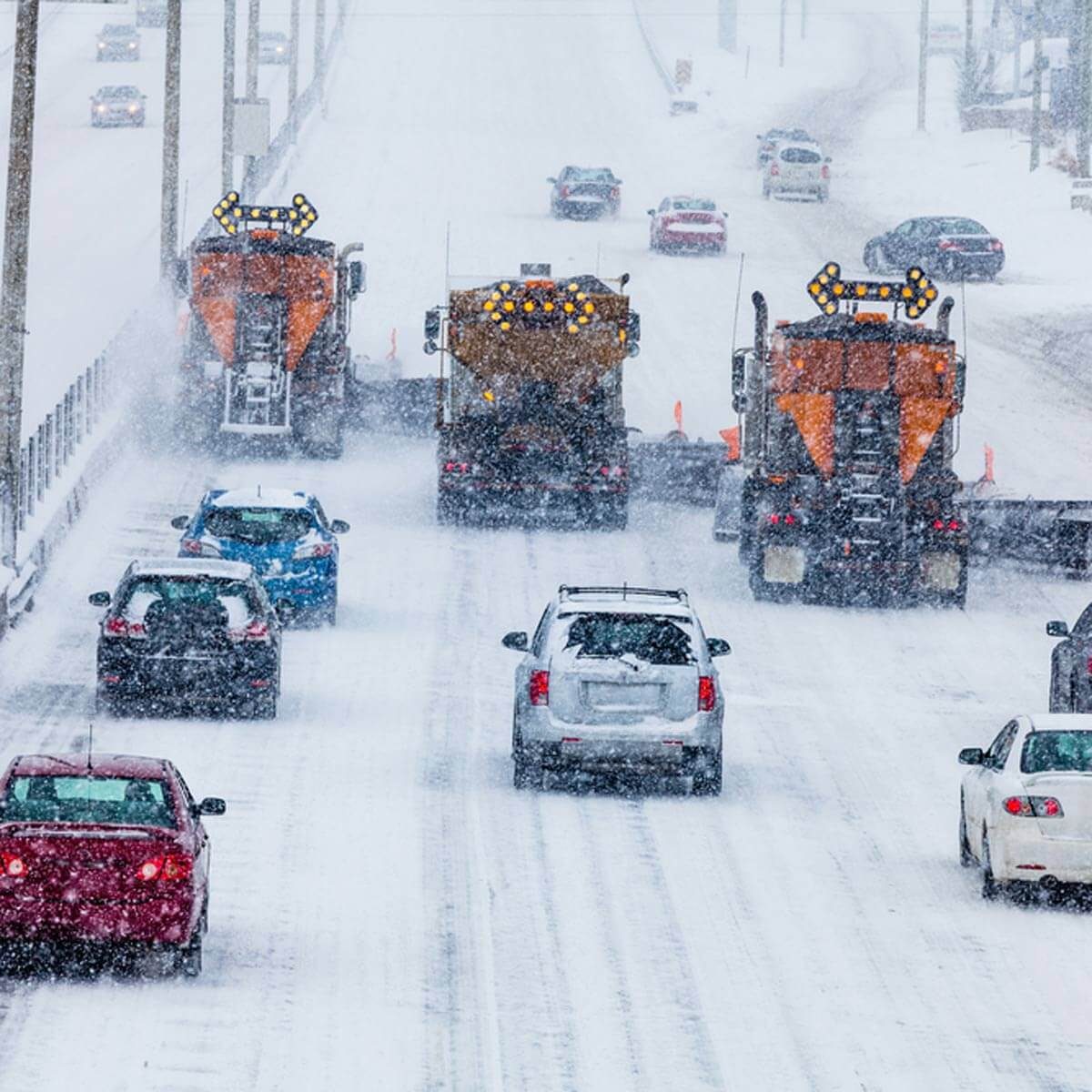
Prepare Your Car for Winter
Before fall begins to wind down and the weather takes a turn for the worse, you should take some essential steps to prepare your car for winter. For instance, you should check your engine coolant and antifreeze levels so your engine doesn’t freeze, leaving you in a real pickle during a dangerous or otherwise inopportune time.Check out these 14 ways to get your car ready for winter.
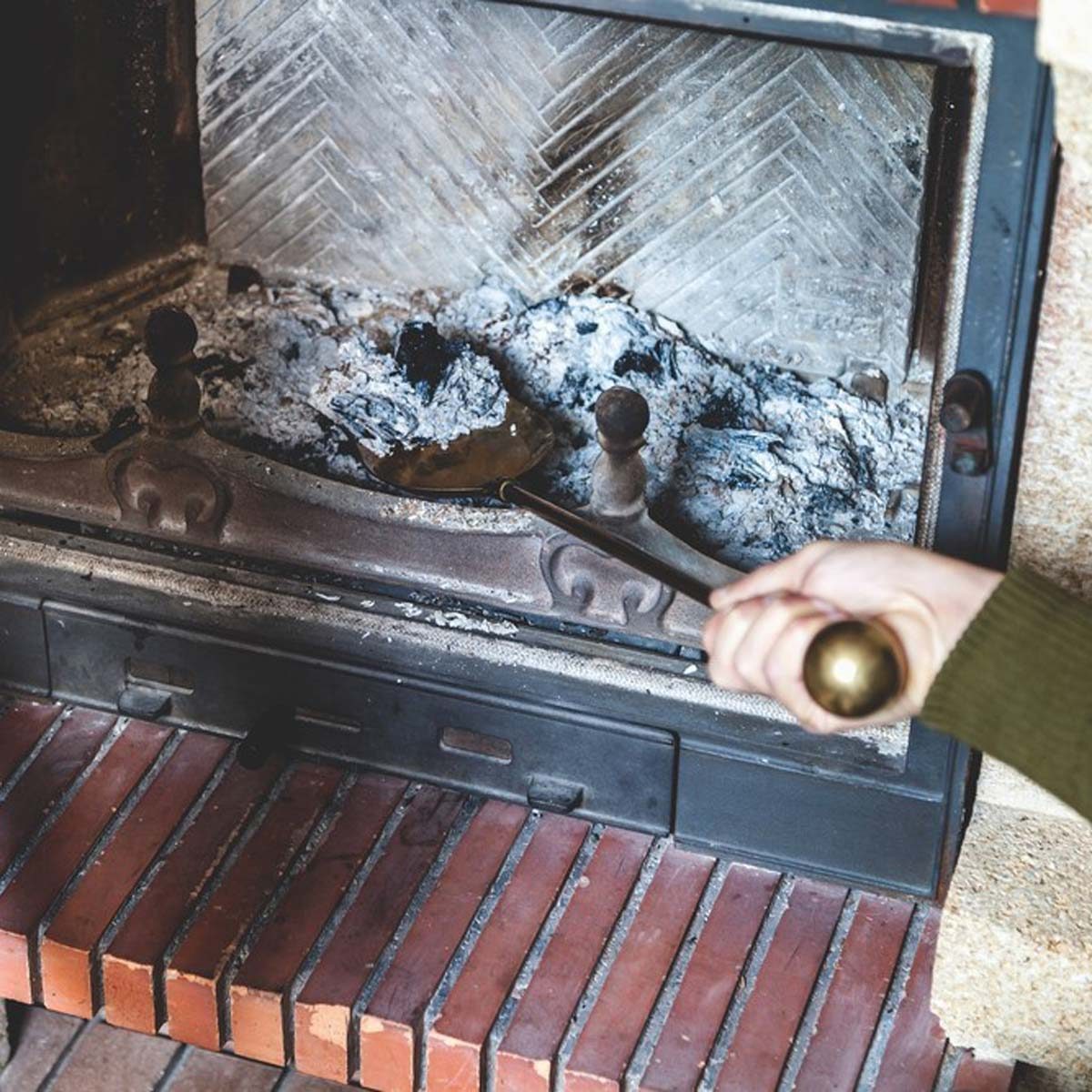
Clean the Fireplace and Chimney
Clear out ash and charred wood from your fireplace, and have a professional come and deep clean the chimney. Creosote buildup and debris such as leaves and bird nests could become a dangerous fire hazard.Check out these foolproof ways to start a fire in a fireplace.
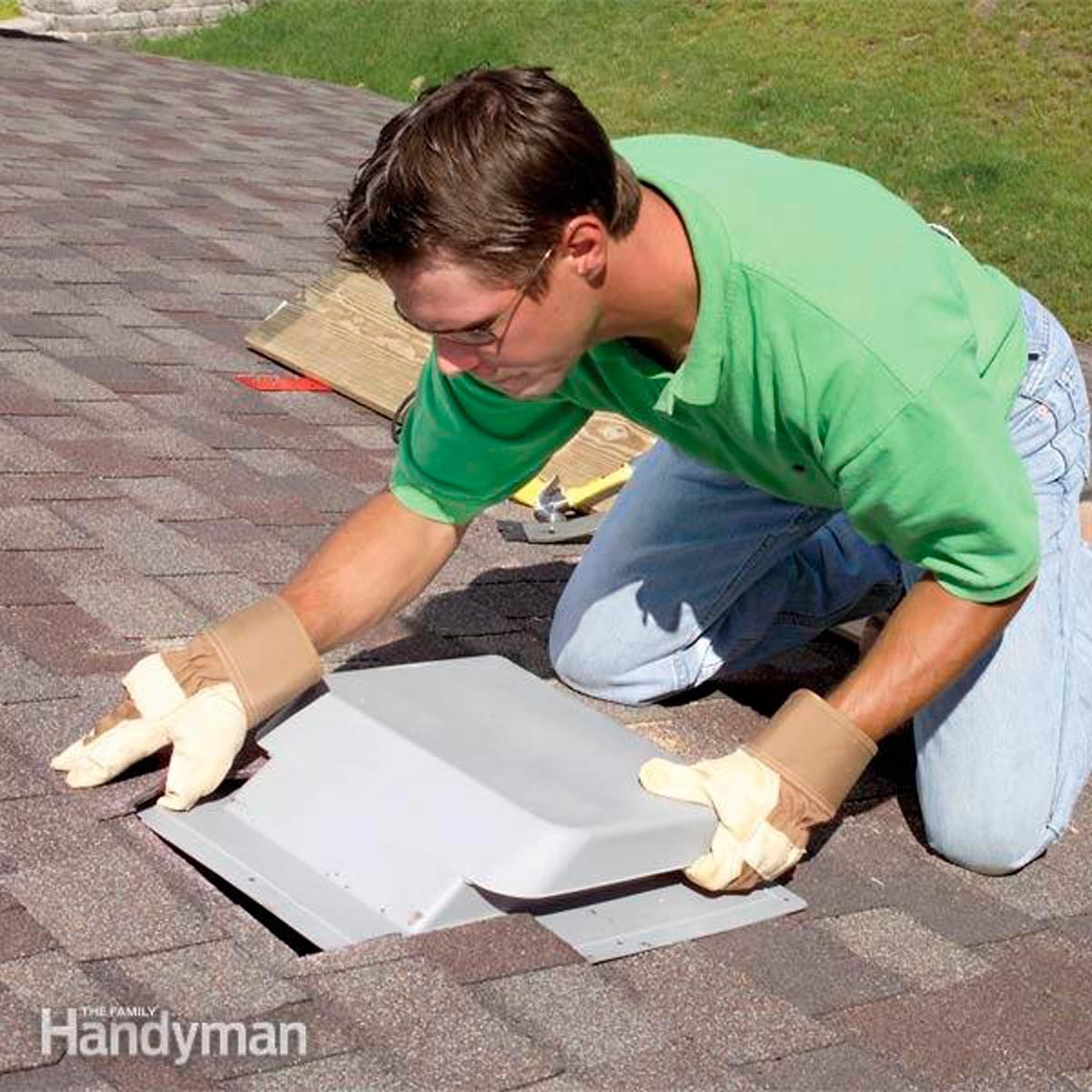
Attic Ventilation
By checking that your attic insulation doesn’t cover vents in the eaves during the fall, you prevent winter ice dams from forming on the roof. You should also be sure ridge vents and vents at eaves are free of plants and debris, and check bird and rodent screens for attic vents to keep out these intruders.Adequate roof ventilation reduces cooling bills, extends shingle life, prevents roof rot and ice dams in winter, and attic vents are easy to install.
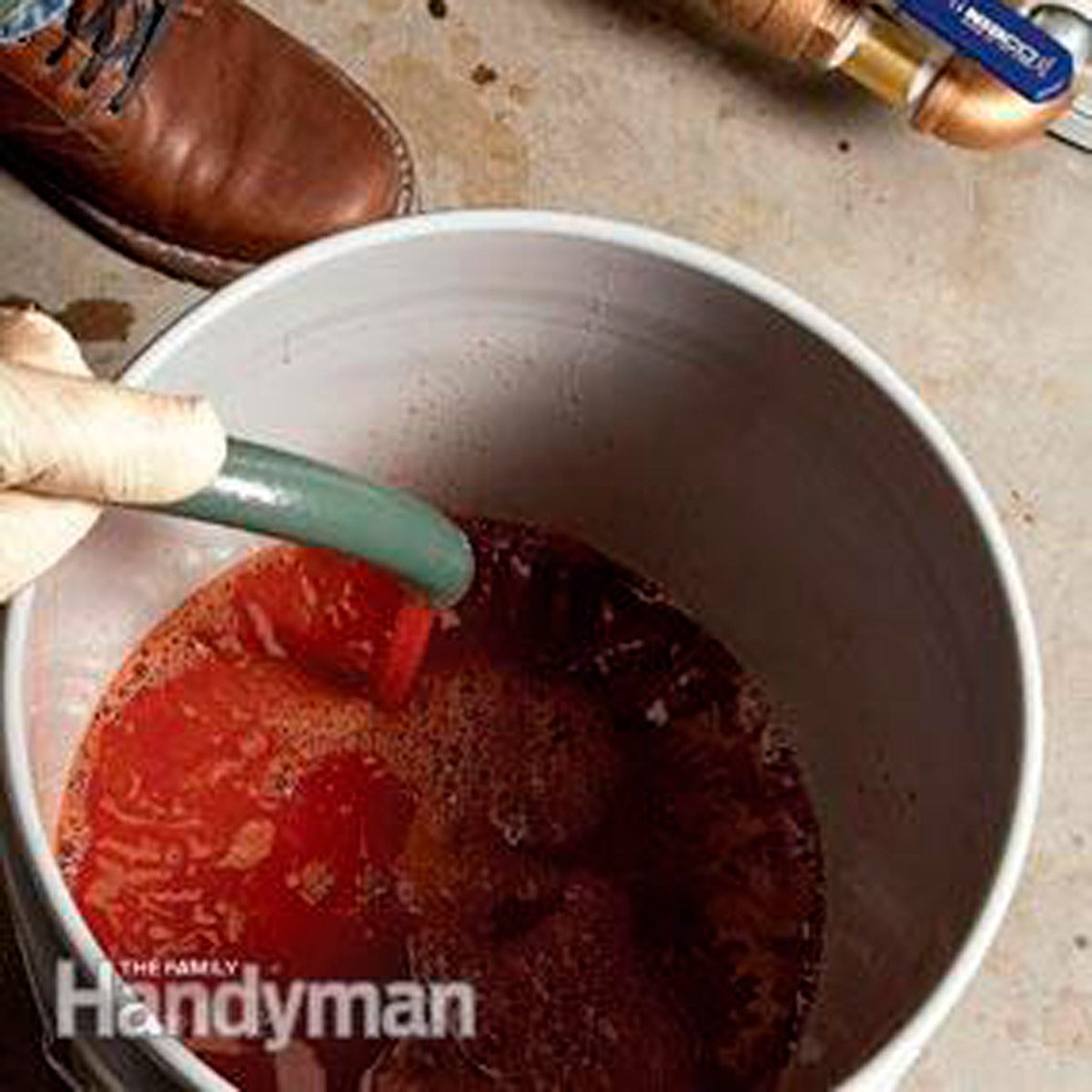
Ready the Water Heater
It’s important to perform maintenance on your water heater in order to improve its efficiency and also prevent rust. Surely, a broken water heater in the winter is less than ideal! Flush the tank annually to remove sediment. Fall is a great time to do this.Here’s how to flush a water heater.
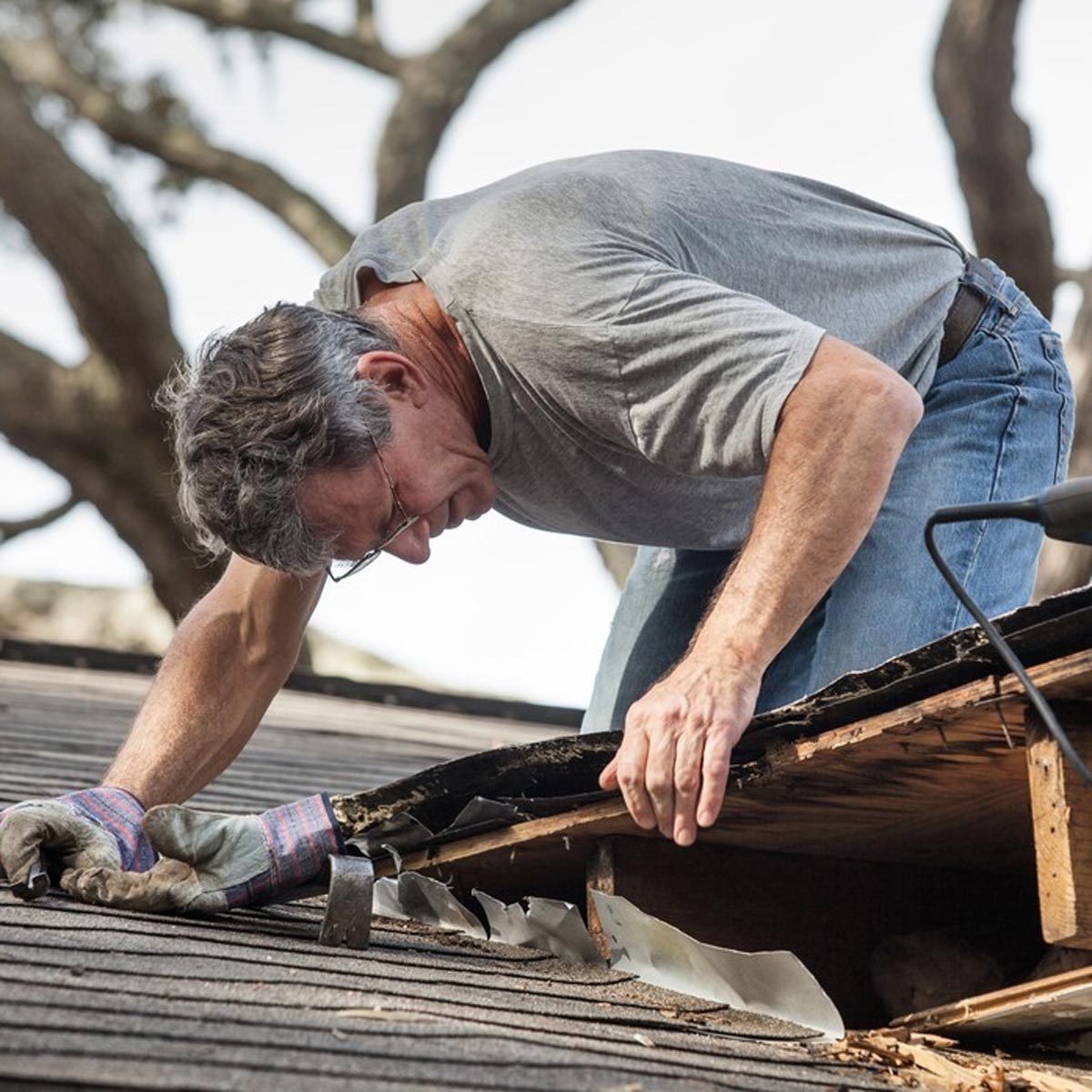
Check the Roof
Fall is a good time to inspect your roof for any loose or missing shingles. Roof problems can result in leaks from rain and melting snow.Here are 7 roof problems and how to deal with them.
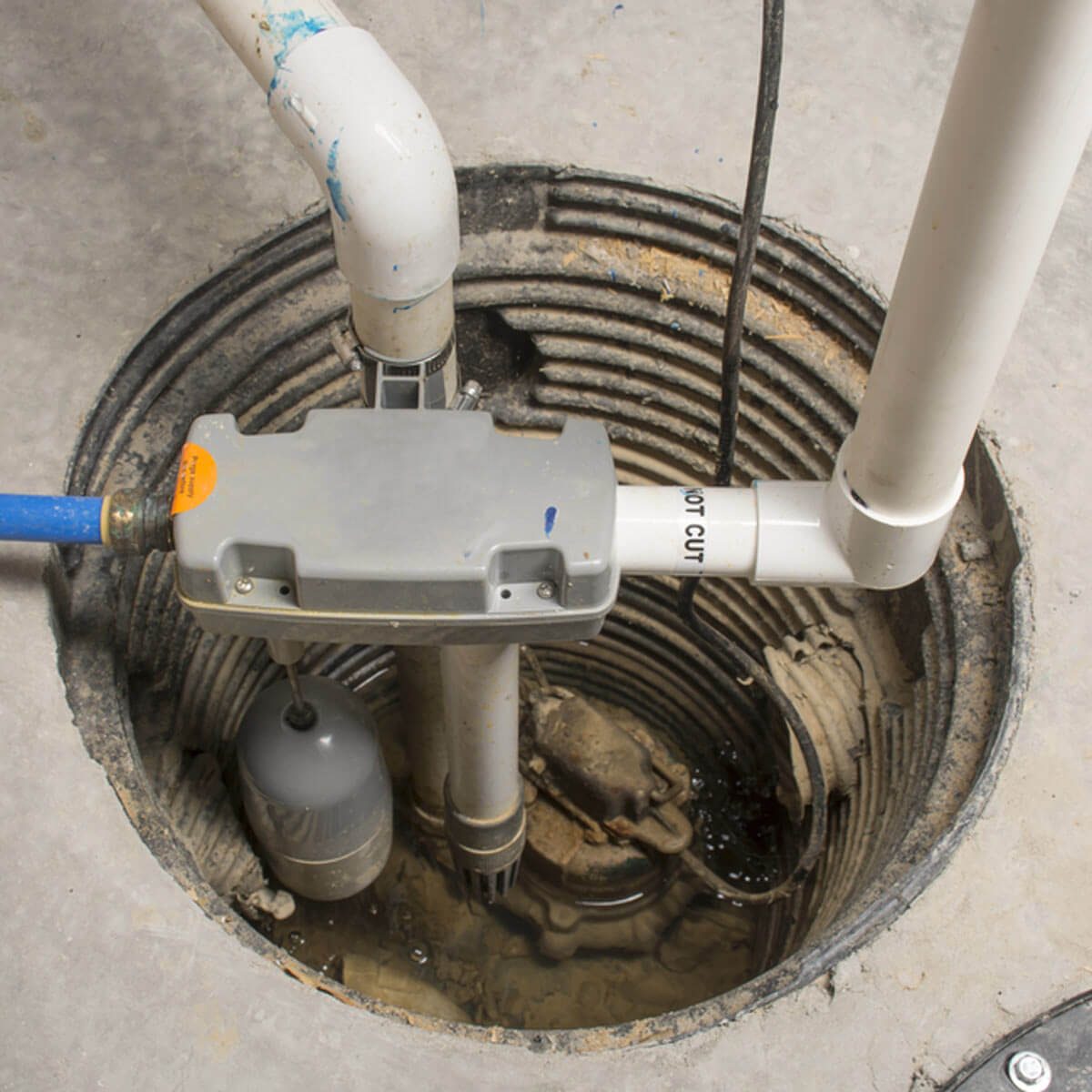
Test Your Sump Pump
Making sure your sump pump is working properly in the fall is going to save you from a catastrophe later on, ensuring your basement remains dry during the wet season. To test it, slowly pour a few gallons of water into the pit to make sure the pump turns on.Keep pumping water out of your sump even during a power failure with a water powered sump pump. Here’s how they work.

Winterize Your In-Ground Pool
With the colder months coming up, it’s important to winterize your in-ground pool, especially if the temperature in your area drops near or below freezing. Winterization includes cleaning your pool, blowing out the lines, adding the right winter chemicals and more. Here are all the steps you need to take to winterize an in-ground pool this fall.
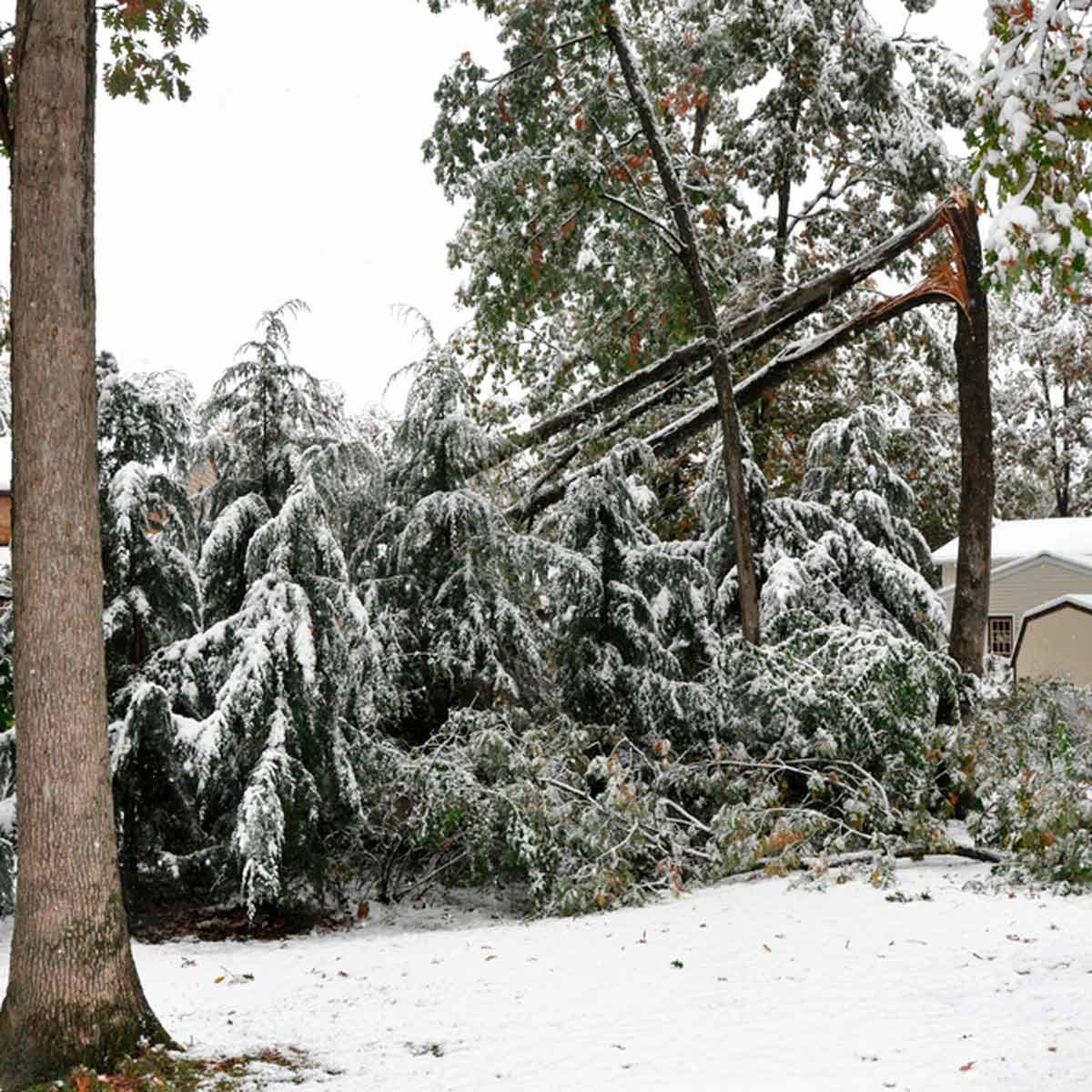
Trim Hazardous Tree Limbs
By trimming any tree limbs that are dangerously close to power lines or the roof of your house, you avoid the risk of heavy snow and ice causing them to break and damage your home. Follow these steps to safely prune a tree.
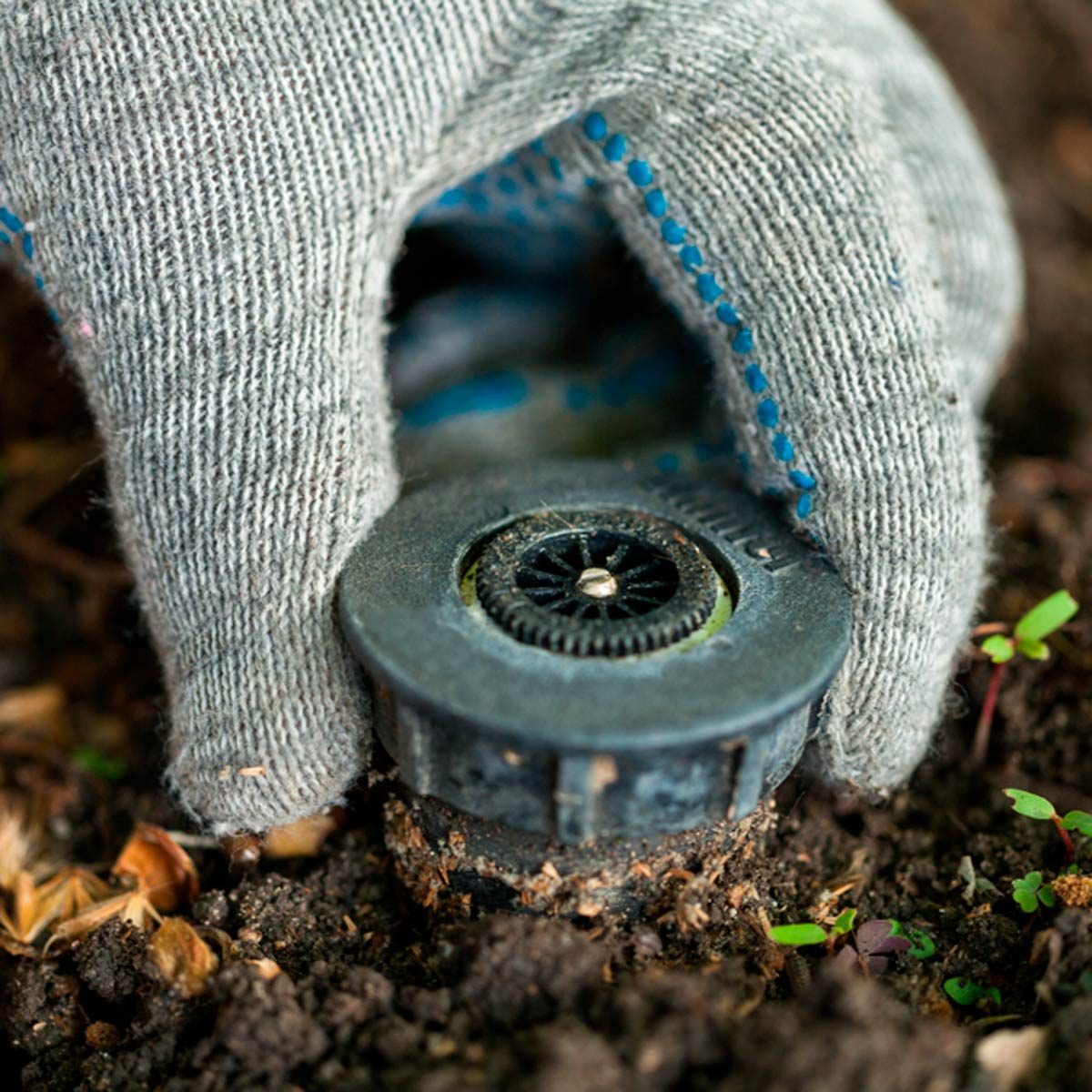
Drain Your In-Ground Sprinkler System
Draining your irrigation system is essential before winter hits. Buried irrigation lines can freeze, resulting in busted pipes and broken sprinkler heads. To do this, turn off the water to the system at the main valve, then shut off the automatic controller. Next, open drain valves to remove water from the system. Finally, remove any above-ground sprinkler heads and shake out any excess water. Then replace.Here’s everything you need to know about winterizing a sprinkler system.
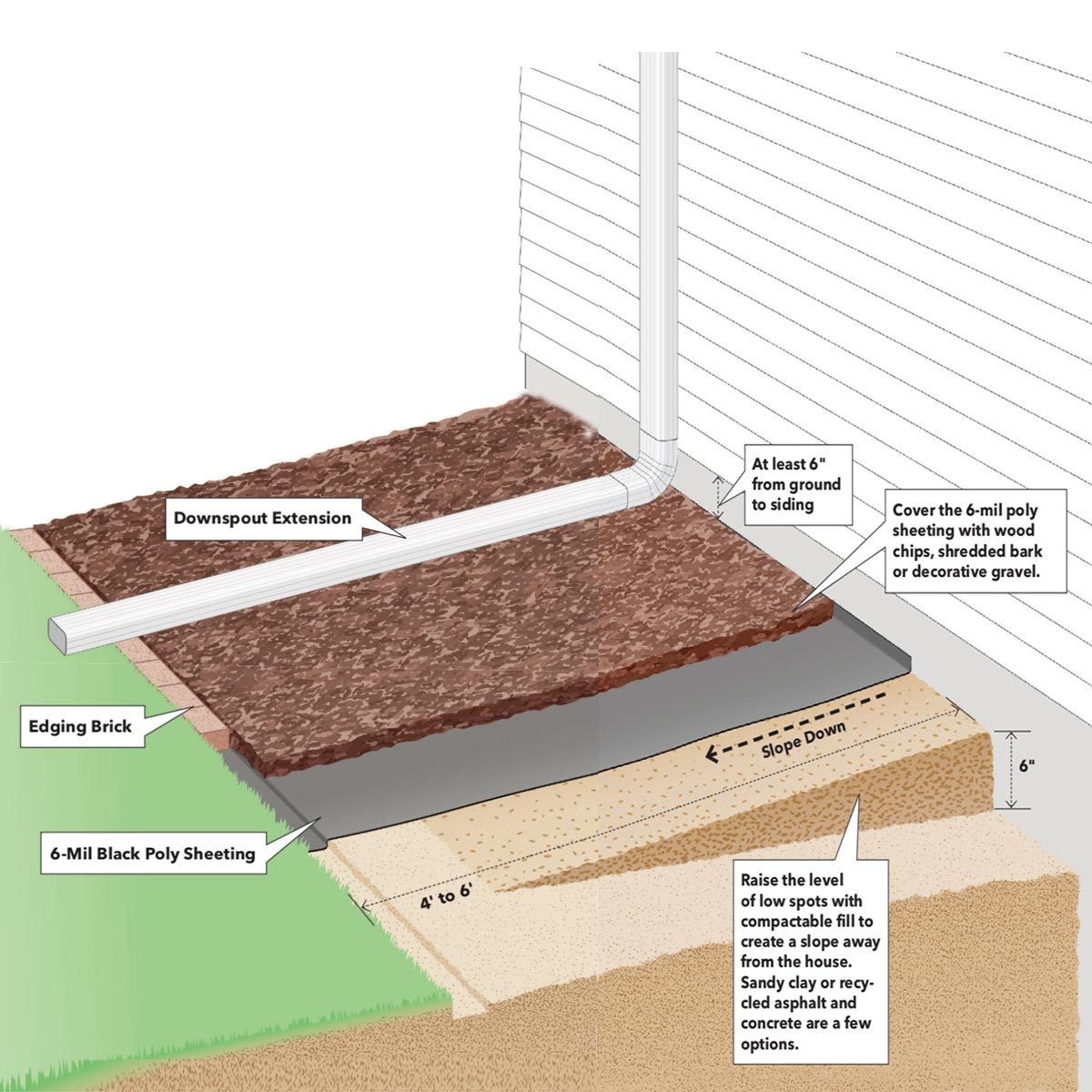
Check the Soil Around Your Foundation
Inspect the soil to make sure it slopes away from your house at least six vertical inches over 10 feet. This will keep water from soaking the soils around your foundation, which can cause cracks and leaks.Stop dealing with water problems in your home and yard by installing this in-ground drainage system.
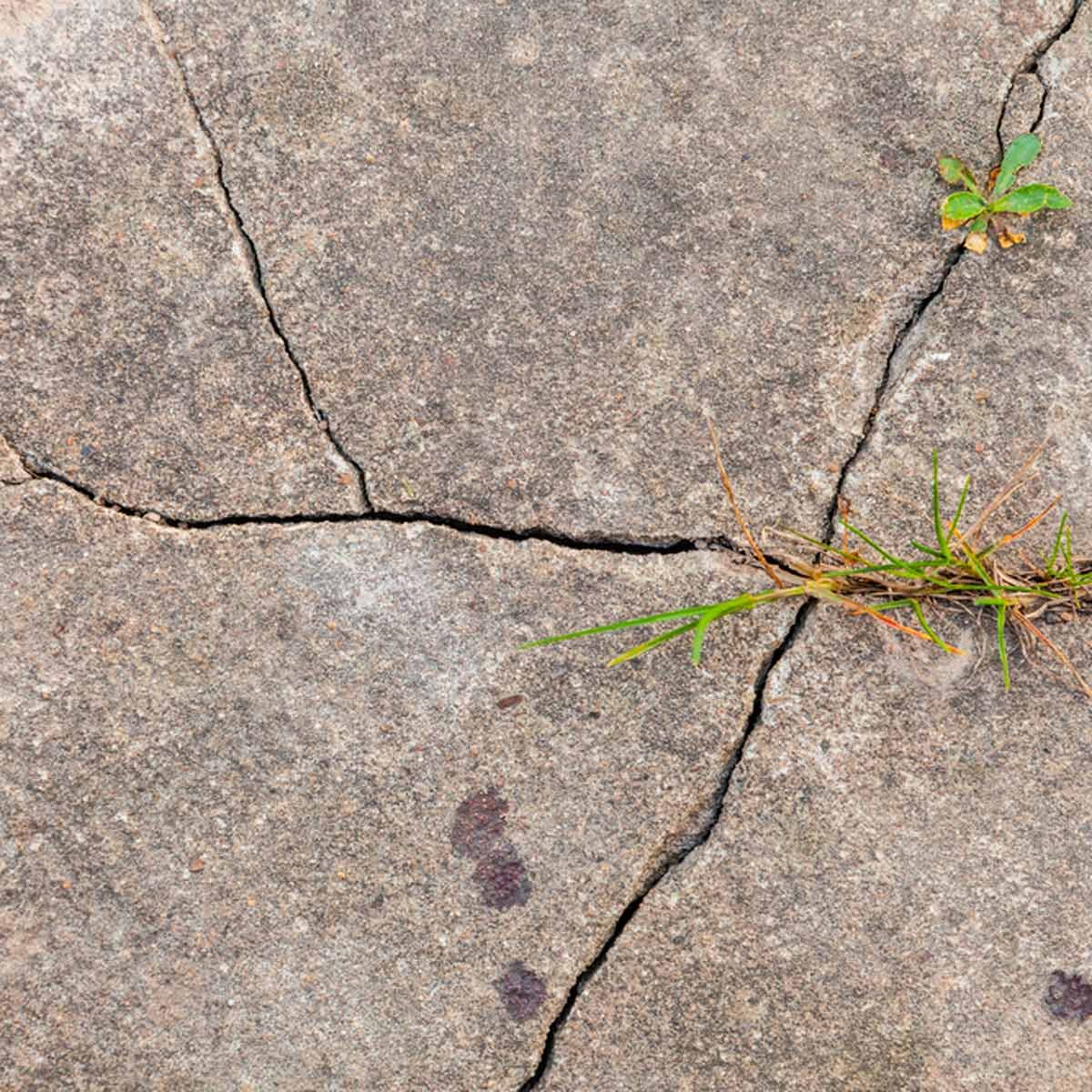
Fix Cracks in Your Driveway
It’s not the simplest of tasks, but it could certainly save you later on. Repairing any cracks in your driveway will help you to avoid water getting into them, which will freeze, expand, and make the crack even bigger. Avoid a giant pothole by taking care of cracks in the fall. Here’s how to fill and repair cracks in asphalt.
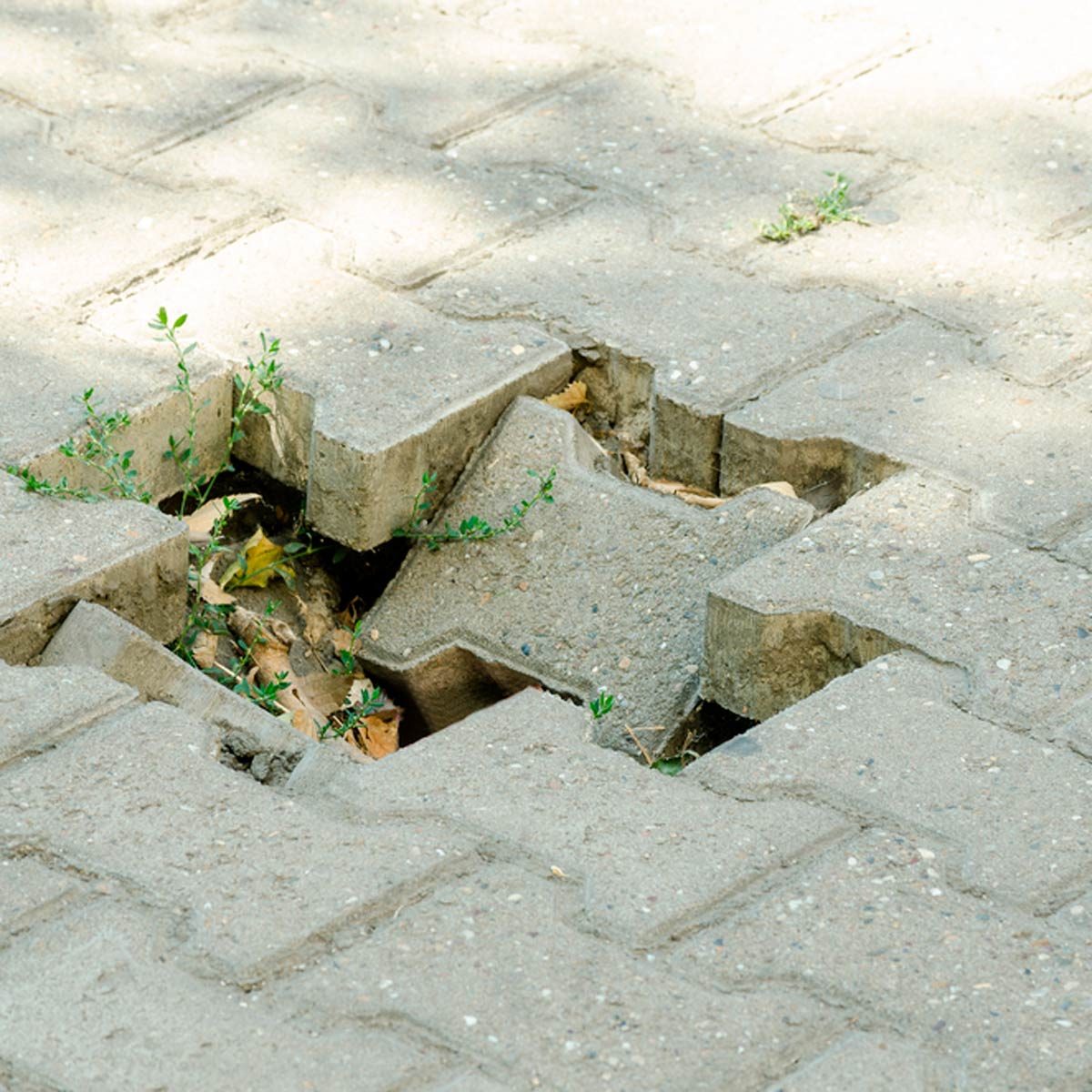
Check Walkways, Railings and Stairs
Whether winter in your area means lots of rain or lots of snow, it’s going to get wet out there. Spend some time this fall checking walkways, railings, stairs for anything that needs repair to help prevent a dangerous fall.Replace a wobbly old outdoor handrail with a rock solid one. We show you how to design and attach an outdoor stair railing to your steps.
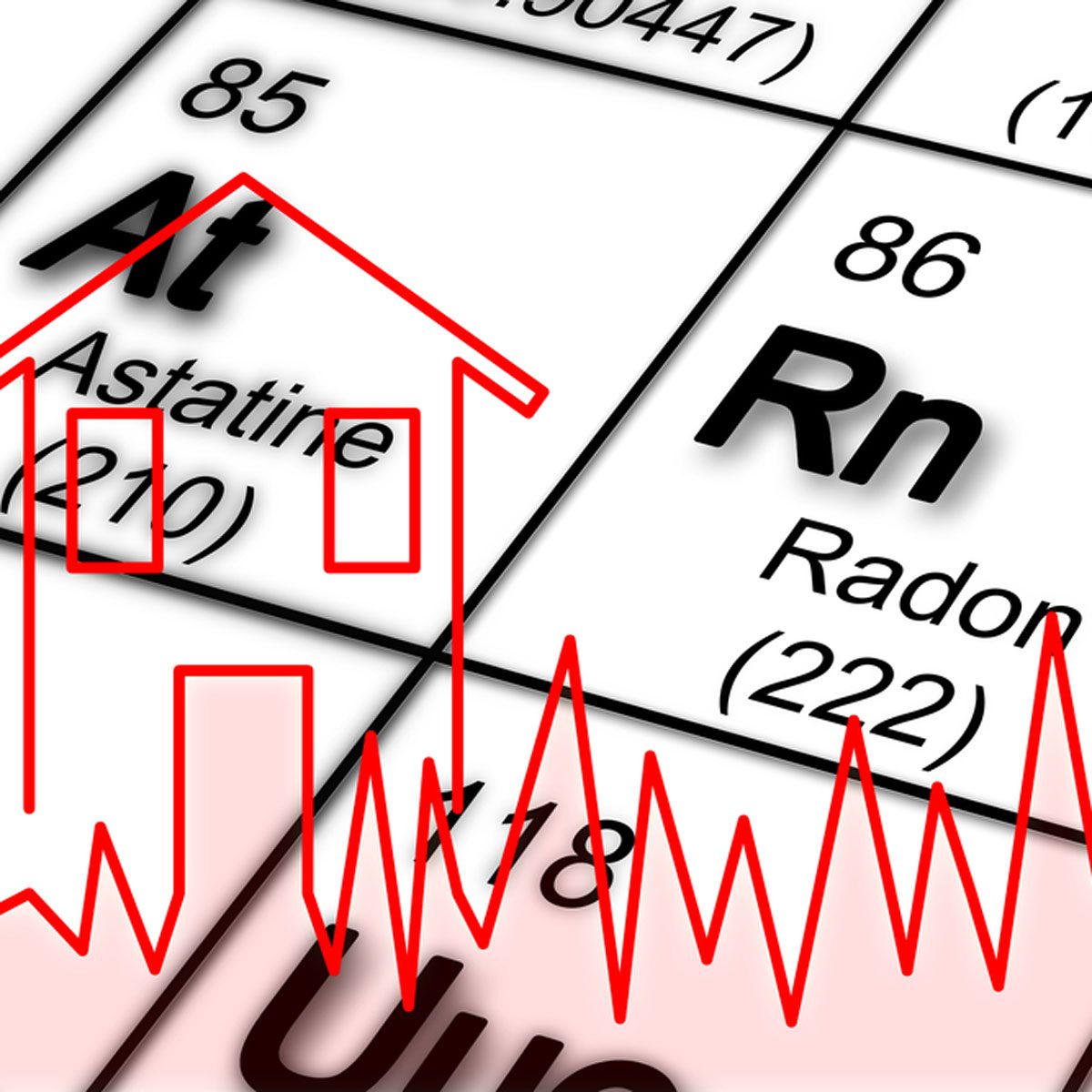
Check for Radon
If you haven’t checked your home for radon, fall is a good time to do so since you’re bound to spend more time indoors during the winter months. High levels of radon can be extremely harmful, with a level of 4 or higher considered unacceptable by the Evironmental Protection Agency (EPA). A short-term radon test like a charcoal canister will help you decide if more extensive testing is needed.Checkout these DIY radon reduction tips.
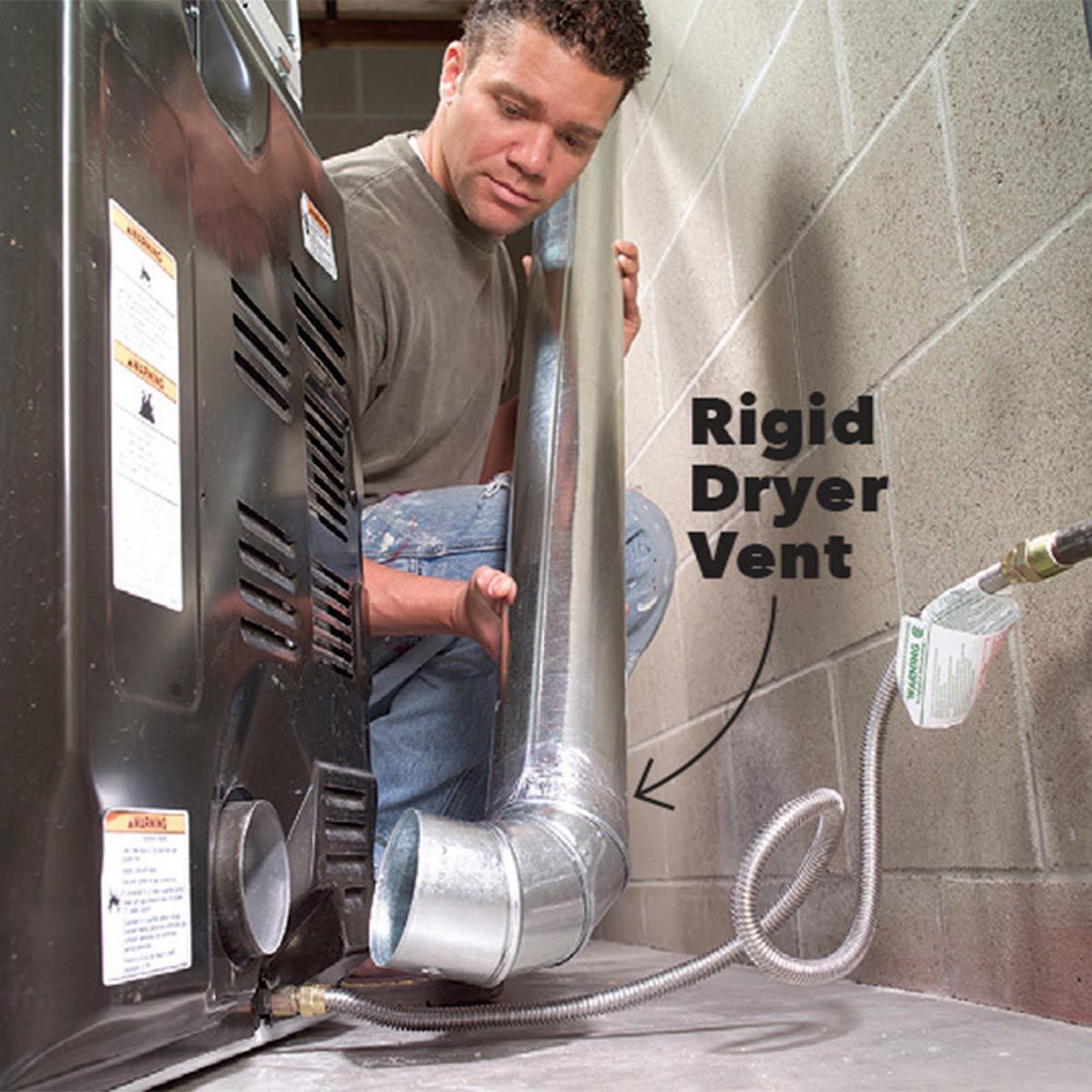
Clean Dryer Vents
When lint builds up in dryer vents, it can not only make your dryer work less efficiently, but it can also cause a fire. Especially during cool, dry fall weather, which increases static electricity, its important that your dryer vents are clean!Upgrading to a new dryer vent will prevent lint build-up, unwanted pests in your home, and cold air drafts, plus it’ll help you avoid a dangerous dryer fire.


